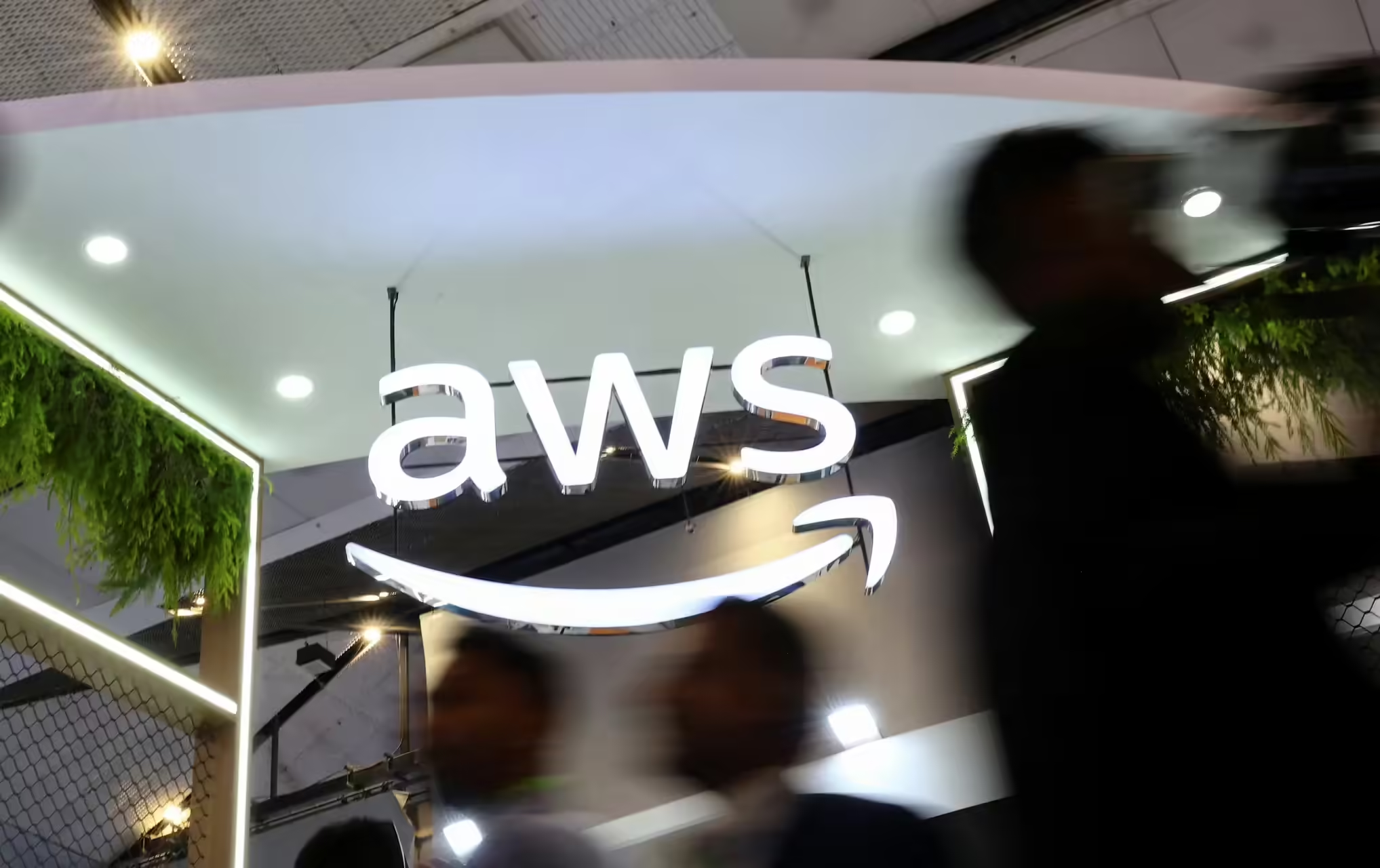Widespread Internet Disruption Hits Global Platforms
A massive Amazon Web Services (AWS) outage in 2025 triggered widespread internet disruptions on Monday. This Amazon Web Services outage 2025 impacted thousands of websites and apps across the globe. Major platforms including Snapchat, Reddit, and Roblox experienced hours of downtime. Critical banking systems such as Lloyds and Halifax also suffered, leaving millions of users disconnected. Reports on Downdetector indicated that over 6.5 million problem reports were logged during the height of the outage. This demonstrated how deeply dependent the digital ecosystem has become on centralized cloud infrastructure.
The incident began around 7:00 AM BST (2:00 AM EST) and quickly spread across multiple regions. This Amazon Web Services outage 2025 greatly affected more than 1,000 services. These ranged from global e-commerce platforms to popular gaming and learning applications like Fortnite and Duolingo. By 11:00 AM BST (6:00 AM EST), AWS engineers reported that most systems were beginning to recover. However, residual delays persisted for some high-traffic applications.
Experts emphasize that this event underscores the fragility of global online infrastructure. According to the Internet Society, over 70% of cloud computing traffic is concentrated within just three providers: Amazon, Microsoft, and Google Cloud. This level of dependency means a single outage can ripple across industries. It impacts finance, logistics, education, and entertainment.
The Technical Fault Behind the Outage
Amazon later disclosed that the issue appeared to stem from DNS resolution errors affecting its DynamoDB API endpoint in the US-EAST-1 region. During the 2025 Amazon Web Services outage, this was one of its busiest cloud hubs. The Domain Name System (DNS) functions as the Internet’s address directory. It translates human-readable URLs into numeric IP addresses that servers can locate. When DNS resolution fails, even the largest digital platforms become unreachable. This occurs regardless of their internal infrastructure.
This type of technical disruption is not new. In recent years, similar outages have exposed vulnerabilities across digital supply chains. The Cloud Native Computing Foundation notes that increasing demand for real-time connectivity has stretched cloud resources to their limits. Consequently, localized failures are more likely to cascade. For many businesses, AWS downtime means complete service interruption during events like the 2025 outage. It affects online payments, customer management systems, and internal communications simultaneously.
The situation also reignited discussions around multi-cloud resilience — a strategy that distributes services across multiple providers to minimize single-point failures. Experts argue that greater diversification of hosting solutions is necessary to protect global digital operations from future disruptions.
Cloud Dependency and the Call for Decentralization
The AWS outage reignited a crucial debate about the centralization of digital infrastructure. With Amazon, Google, and Microsoft controlling most global cloud capacity, critics warn that over-reliance on a few providers poses systemic risks to economies and national security. The Center for Internet and Society notes that a more decentralized and locally managed approach to cloud hosting could enhance resilience. It would also enhance sovereignty over critical data.
The economic implications of Monday’s outage were significant. Analysts estimate that global productivity losses could surpass $150 million. This includes transaction delays, advertising disruptions, and lost user engagement across digital platforms. For smaller businesses that depend on AWS-hosted e-commerce or payment systems, the downtime underscored the precariousness of operating in an environment dominated by a few major cloud giants.
Industry leaders are now calling for stricter regulatory oversight and incentives for local cloud infrastructure investment. This aims to distribute digital load more evenly across regions, mitigating impacts like those seen during the Amazon Web Services outage 2025. Such diversification could ensure that future outages—whether caused by human error, cyberattacks, or technical failures—do not paralyze vast portions of the global economy.
In the aftermath, AWS reported that all affected systems had been fully restored by 7:00 AM EST (12:00 PM BST). However, the incident serves as a powerful reminder of how interconnected the digital world has become. A single disruption in one corner of the internet can send shockwaves across the globe.
The 2025 AWS outage stands as a defining example of the urgent need for resilient, distributed infrastructure to secure the future of the internet.







